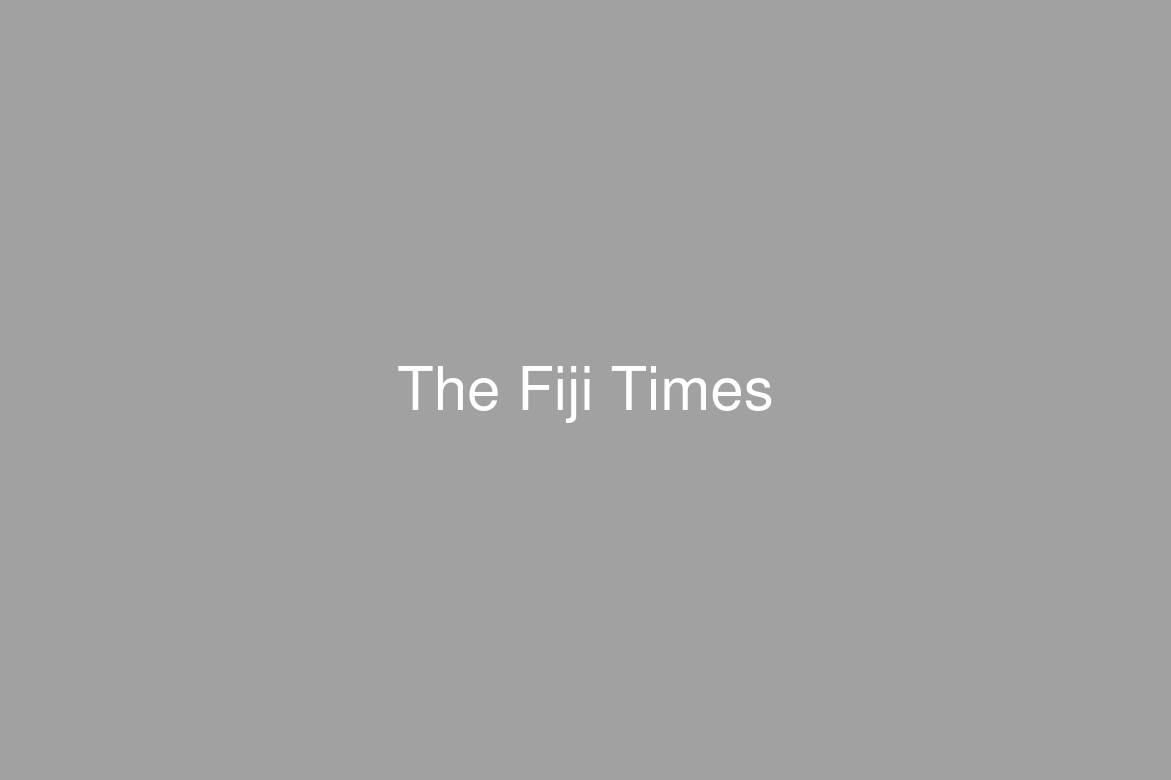AS a key component of their program, the Pacific Islands Development Forum (PIDF) has joined forces for the Pacific with a long-term flagship program of the Global Island Partnership — the Island Resilience Challenge.
The foundational aspects were solution collection and sharing, scaling and investment pipeline creation, in a context of ridge to reef management.
This was announced by the PIDF secretary-general François Martel at an official side event hosted by The Energy and Resources Institute (TERI) and the Ministry of External Affairs of India on Building a Resilient Future for Island Nations held at the India Pavilion at the ongoing COP23.
Mr Martel, who was invited to be part of this high-level panel, informed the audience that “from a green—blue economy perspective, when we speak of resilience, we do not simply imply resilience to climate change although this is an important factor, particularly in the Pacific.
“When we speak of resilience, we speak of island or community resilience because a community, when resilient, can better absorb or deal with a disaster or crisis of any sort, whether climate induced or not, whether natural or man-made.”
Living in the tropical islands of the Pacific, facing a natural disaster is not a question of “if” but rather one of “when” especially with the effects of climate change and particularly the warming of our oceans which are making Category 5 cyclones the new norm in our region.
“In my last 30 years living in Samoa and Fiji, and travelling the Pacific, my family and I have experienced eight Category 3 and 4 cyclones and I am now dreading the upcoming cyclone season as our ocean water warms,” said Mr Martel.
The onslaught of Category 5 hurricanes, such as Irma and Maria, in the Caribbean, and cyclones Pam and Winston, in the Pacific just in the past three years — show clearly that island communities are neither prepared nor resilient — as key life securities are threatened — those securities that maintain family and community cohesion in time of disasters are shelter, water, food, energy and health.
“We need adapted solutions to be integrated into community and village planning before the cycle of climate-induced disasters becomes an existential threat and our focus should be to empower communities and individuals to be able to take care of themselves, their families and those members in their communities who need support in times of crisis,” said Mr Martel.
One empowers people through education, health, better communication and energy services, better income, water and food security, keeping safer and cleaner environments.
These are development goals. Hence the close link between sustainable development that goes beyond the single SDG 13. Resilience therefore brings together all the SDGs and climate action into a single focus.
“In PIDF’s strategic plan we have three areas of focus which are mainstreaming the green — blue economy, adaptive solutions for island resilience, and climate action,” said Mr Martel.
“In mainstreaming the green and blue economy we need to put in place activities that deal with policy, with education of current and future leaders, and a support structure for the private sector to make that transition itself to be able to support their nations do likewise.”
Mr Martel said that in climate action, PIDF needs to keep the high ambition alive in forums like the COP but also in other related forums like those within the International Maritime Organisation and the International Civil Aviation Organisation.
“But countries also need support in delivering national outcomes particularly those related to their Nationally Determined Contributions, support to their decarbonisation efforts and climate action advocacy,” he said.
He said they brought all this together through an innovative approach where PIDF with its partners would preferably deal with a whole of island (for smaller islands), whole city, whole town or whole village approach, in order to gradually transform these small entities into green islands, green cities, green towns and green villages by tackling sectors such as tourism, agriculture, fisheries, energy and transport, but also education, health and telecommunications — in an integrated way.
“Let’s remember that at the end of the day, people do not really care about agreements or treaties, plans, strategies and great glossy documents that promise a lot but deliver little.
“What they do care about is that they find the support needed to plan and prepare for climate-induced disasters, to reduce damage to properties and livelihoods and alleviate their conditions during disasters while fostering faster recovery.”
Mr Martel said ultimately they needed to develop a mind-set of what the partnership calls “precovery” where a long-term “precovery” mind-set is a combination of networking and scaling data, solutions, planning and investment while removing silos and weaving together practice in mitigation, adaptation, community planning, sustainability, recovery, resilience and maintain the tradition of Pacific storytelling.






